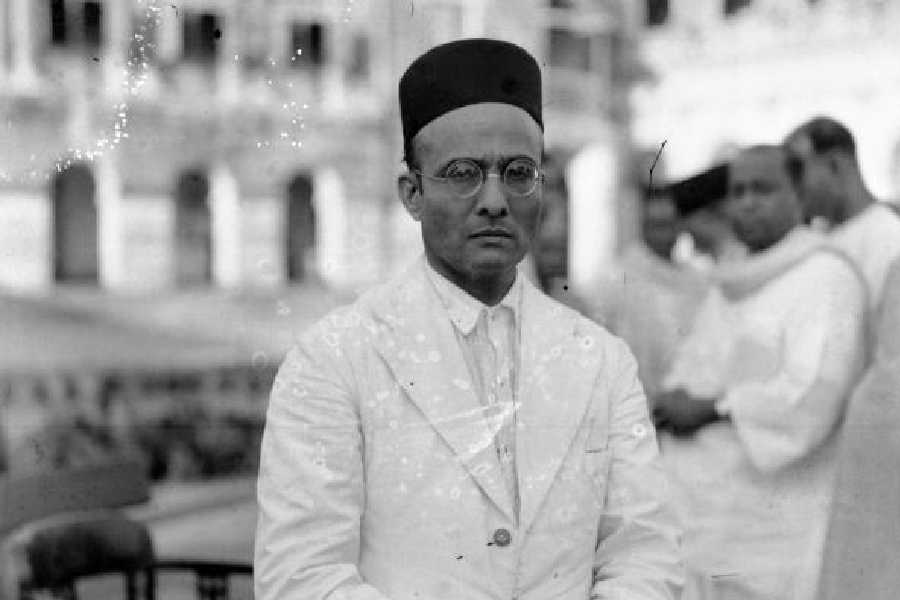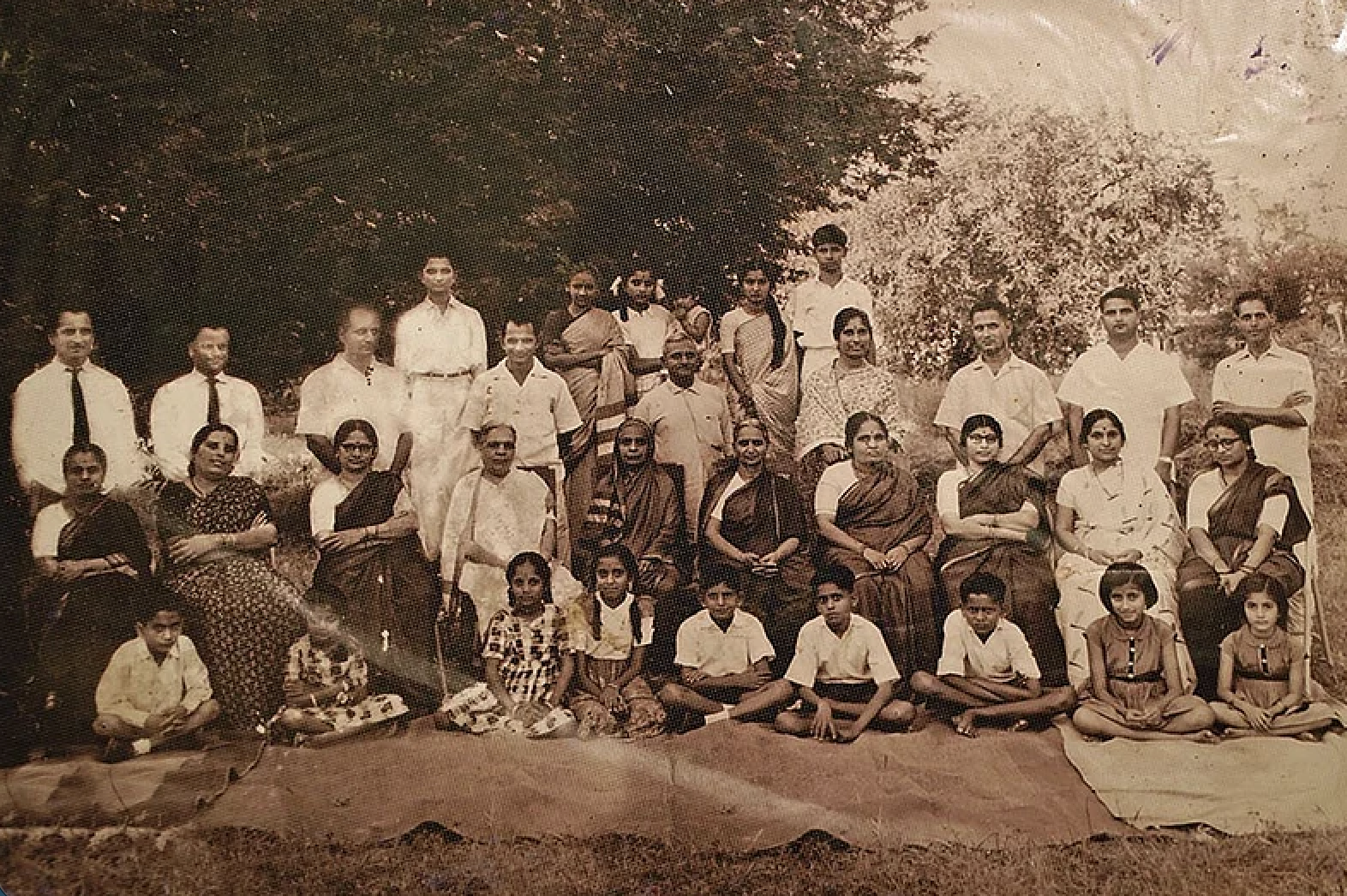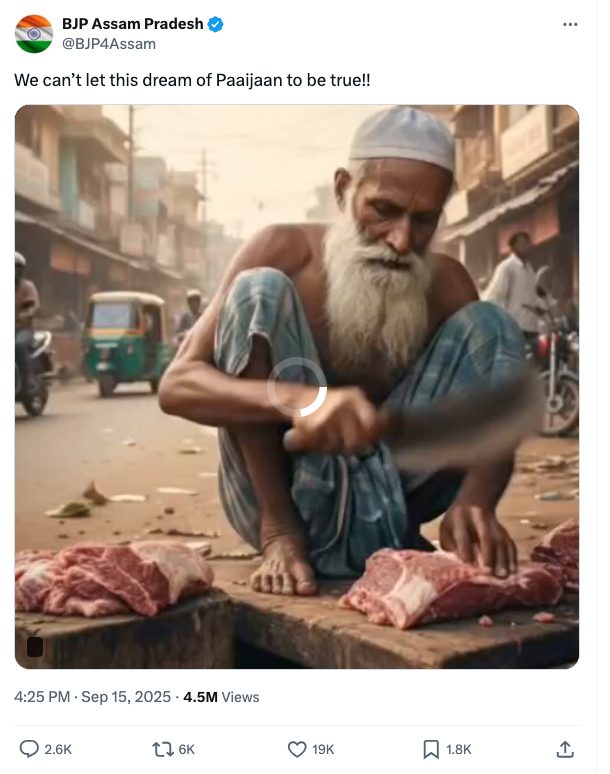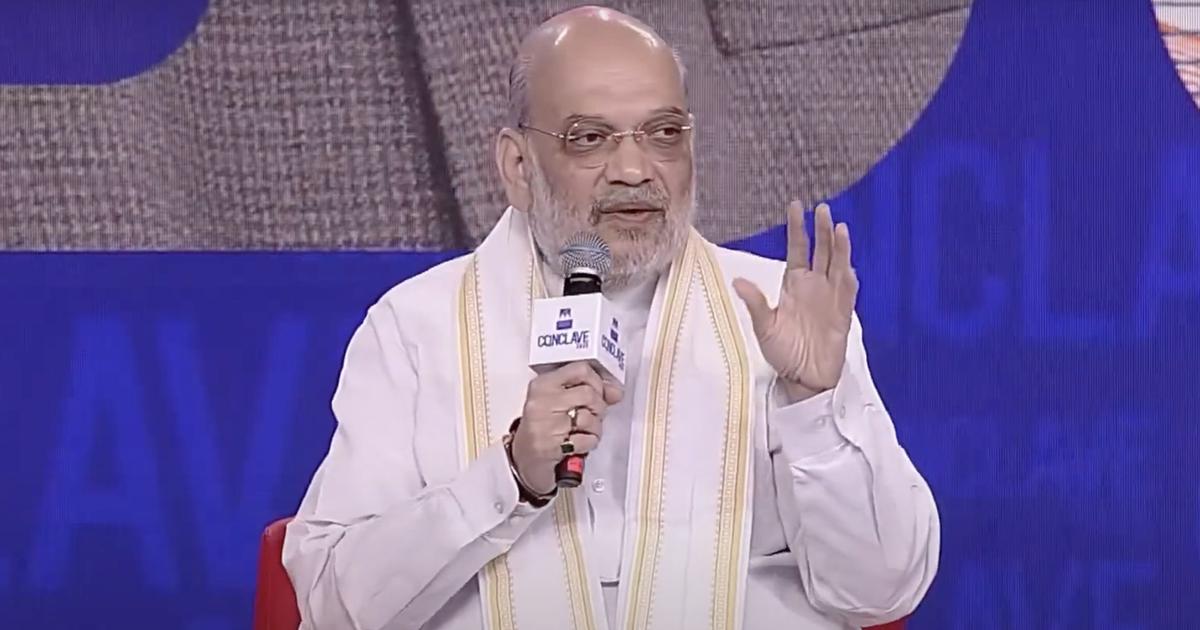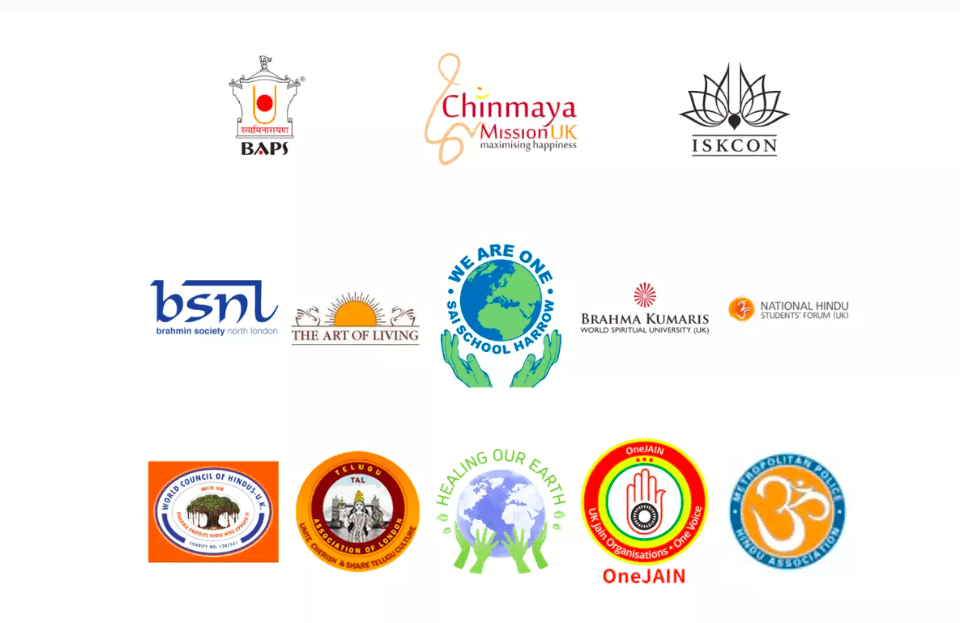
By Arunabh Saikia / Scroll
In April, as protracted Ram Navami and Hanuman Jayanti celebrations marked by massive Hindutva groups-led processions triggered communal violence across the country, Uttar Pradesh maintained an anxious calm. There were stray incidents in parts of the state, but none spiralled into uncontrolled violence with the police clamping down quickly.
In Ayodhya, the police swiftly arrested seven men belonging to a Hindutva outfit for attempting to “instigate communal violence”. The accused, who allegedly wanted to exact revenge for the communal violence in Delhi’s Jahangirpuri, had littered several mosques in the city with pieces of pork, abusive anti-Muslim letters, and torn pages of the holy Quran.
In fact, days after the violence in Delhi’s Jahangirpuri where Hindutva men openly brandished swords and tridents during a Hanuman Jayanti rally, Uttar Pradesh chief minister Adityanath had passed an order prohibiting the display of arms and weapons in religious processions. Festive rallies were to be carried out only after taking permissions from the administration and the organisers would have to submit affidavits stating there would be no trouble, the order said.
Simultaneously, the chief minister’s anti-loudspeaker drive, according to news reports, seemed to have been enforced in an even-handed manner with several temples and mosques across the state voluntarily removing or lowering the levels of their megaphones.
While these measures may seem par-for-the-course in another state, the Uttar Pradesh government’s track-record in Adityanath’s first tenure as chief minister makes these developments appear almost extraordinary.
A Hindutva-heavy first five years
Adityanath, a saffron-clad monk accused of leading mob attacks against Muslims as the chief of a Hindutva vigilante group he founded, proudly wore his politics on his sleeves in his first term. He enacted a slew of laws that explicitly victimised Muslims, cracking down on the buffalo meat industry and effectively criminalising inter-faith marriages.
The chief minister’s supposed policy of zero-tolerance of crime that involved dubious police killings and the bulldozing of property reflected a clear pattern: of Muslims being disproportionately targeted.
Adityanath’s belligerent approach paid off as he stood for re-election earlier this year: he became the first Uttar Pradesh chief minister in nearly four decades to return to power after a full-term.
An image makeover attempt?
Intriguingly, though, Adityanath in the early days of his second term appears to have somewhat dialled down on his blatant Hindutva agenda. Even as several long-running disputes over mosques that Hindutva groups want razed have started to simmer in the last couple of weeks, the chief minister himself has maintained a studied silence. It is his deputy, Keshav Prasad Maurya, who has routinely weighed in on the contentious subject, rejoicing the alleged discovery of Hindu symbols in a mosque in Varanasi.
This retreat has not been lost on the state’s political observers. Mirza Asmer Beg, a political scientist at the Aligarh Muslim University, drew attention to a picture Adityanath’s media advisor Mrityunjay Kumar shared on Twitter recently. The chief minister in the picture is standing as he attentively reads what is perhaps an application by a burkha-clad woman who is sitting. “You can hate him as much as you want, but he will never discriminate,” Kumar captioned the picture.
“This is not a picture of a politician in a nightclub that accidentally leaked out,” Beg said. “It has been deliberately put out for people to notice.”
‘It is Yogi ji after Modi ji’
But why would Adityanath and his aides want to project a moderate image of the chief minister? After all, Hindu consolidation played a key role in the BJP holding on to power in Uttar Pradesh and Adityanath’s appeal lay in his uncompromising Hindutva stance.
Adityanath’s personal ambitions may be an explanation, some say. For some time now, he has been touted as the successor to Prime Minister Narendra Modi who will be well past the age of 70 by the 2024 Lok Sabha election. As Modi staked claim to be the BJP’s prime ministerial candidate in the 2014 polls, he, too, had attempted a somewhat similar image makeover.
The chief of a district unit of the party quipped, “Well, it is obvious that it is Yogi ji after Modi ji, so maybe he is preparing for that.” Adityanath is referred to as Yogi by his supporters because of his monastic background.
Beg agreed that the attempted moderate turn may be driven by “the way he is placed in national politics”. “Next to Modi at the national level is now Yogi. There is absolutely no doubt about it after his UP victory,” he said.
Reaching out?
But does such an image makeover really increase Adityanath’s stature within the BJP given the sharp communal turn the country’s politics has taken in recent times?
A BJP MLA from the state said it needn’t be a dichotomy. “He will never compromise on Hindutva, but being in power makes you mature and teaches you many things you wouldn’t know otherwise,” he said.
The MLA referred to Yogi’s strong clampdown in Uttar Pradesh in the wake of communal violence in the state. “His focus is on law and order because that is what the public ultimately wants,” he said.
Indeed, Adityanath’s latest avatar, some say, may be a case of varnishing his administrative credentials. “He seems to be focussing on more governance issues,” said Shashikant Pandey who teaches political science at Lucknow University. “It was clear from the elections that the perceived improvement in law and order was a big draw among the electorate.”
In any case, Adityanath, observers say, had already done enough to be confident about his popularity among the Hindus. “He knows the majority community’s votes are not going anywhere,” Beg said. “So maybe he feels there’s nothing wrong in connecting with the other side given there is a feeling he has a national role to play.”
This article first appeared on scroll.in


